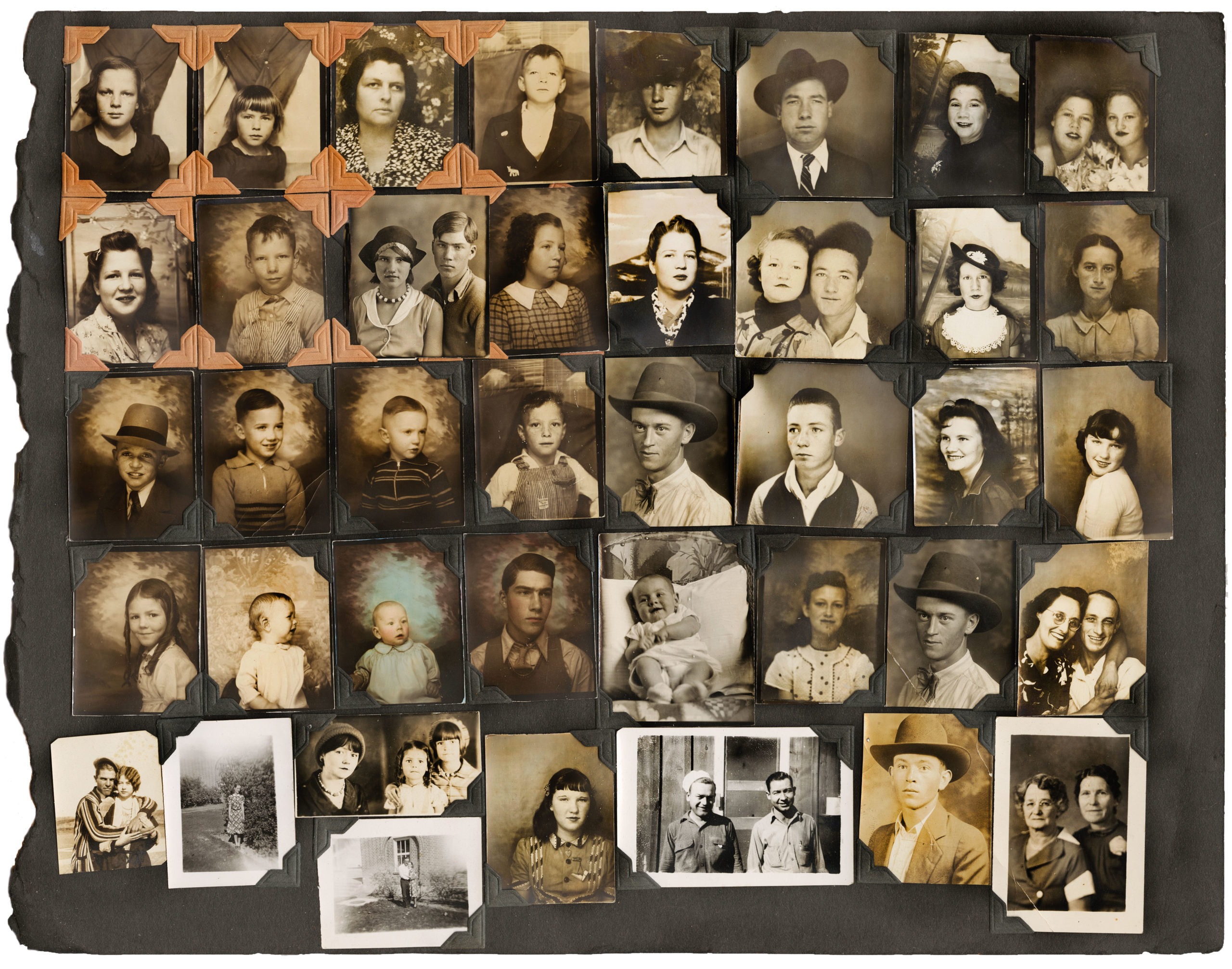

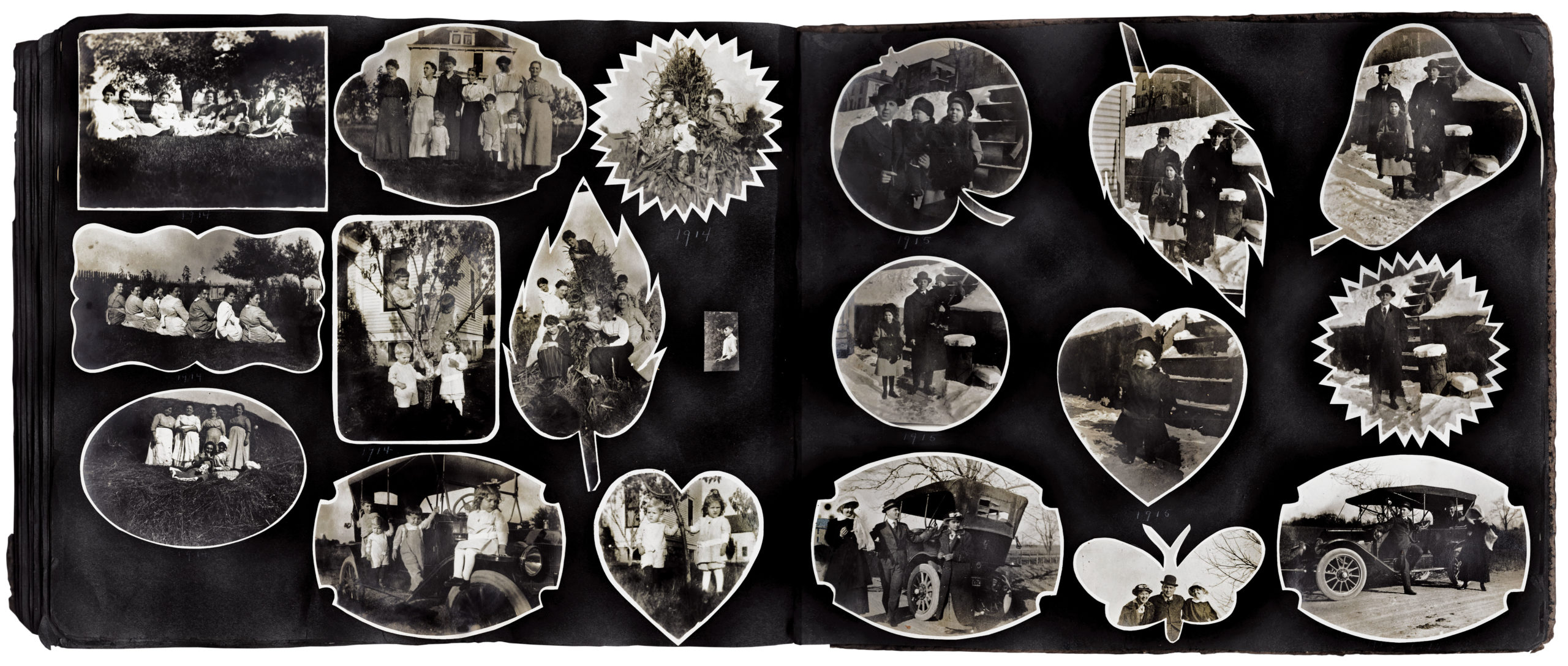
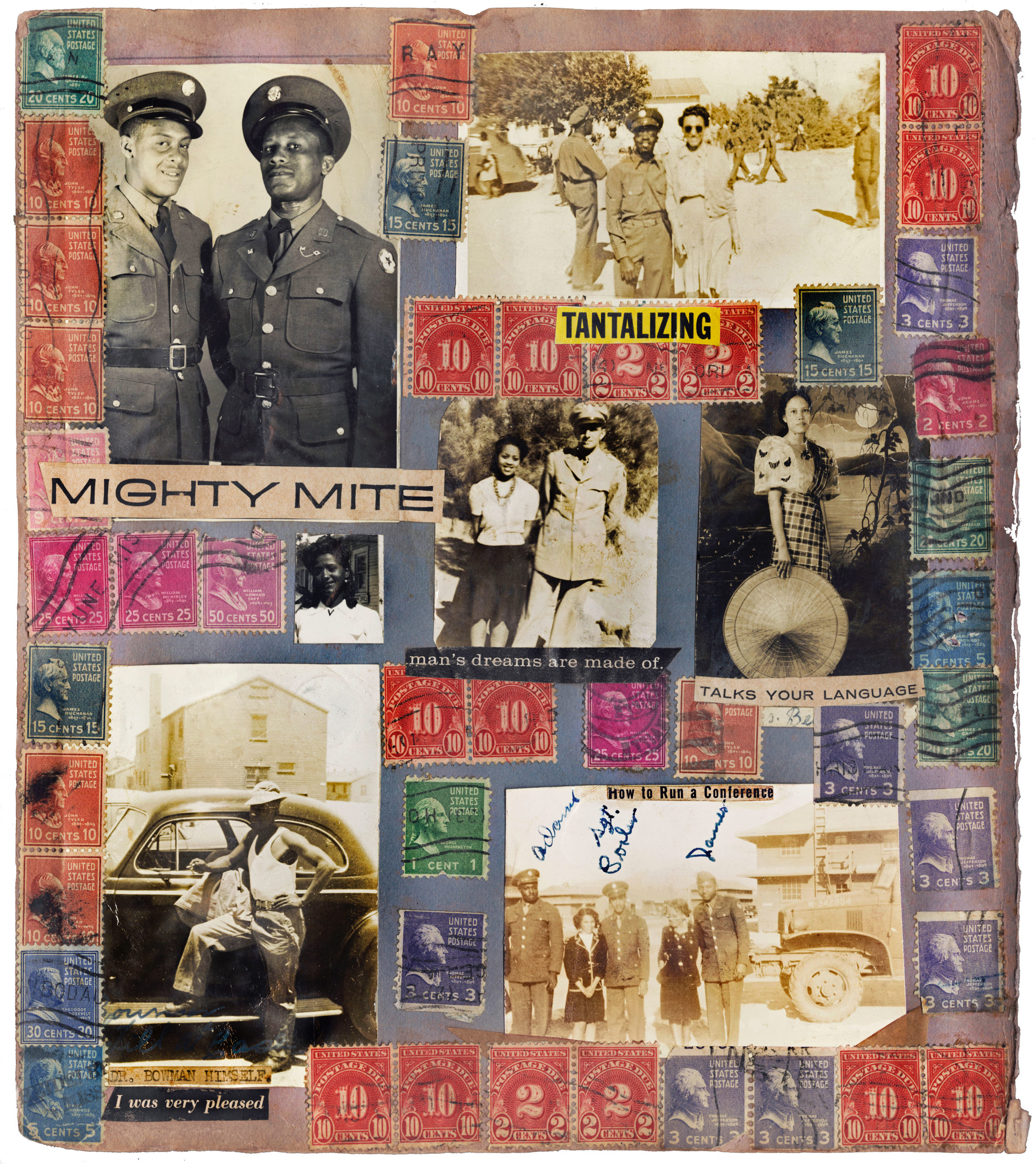
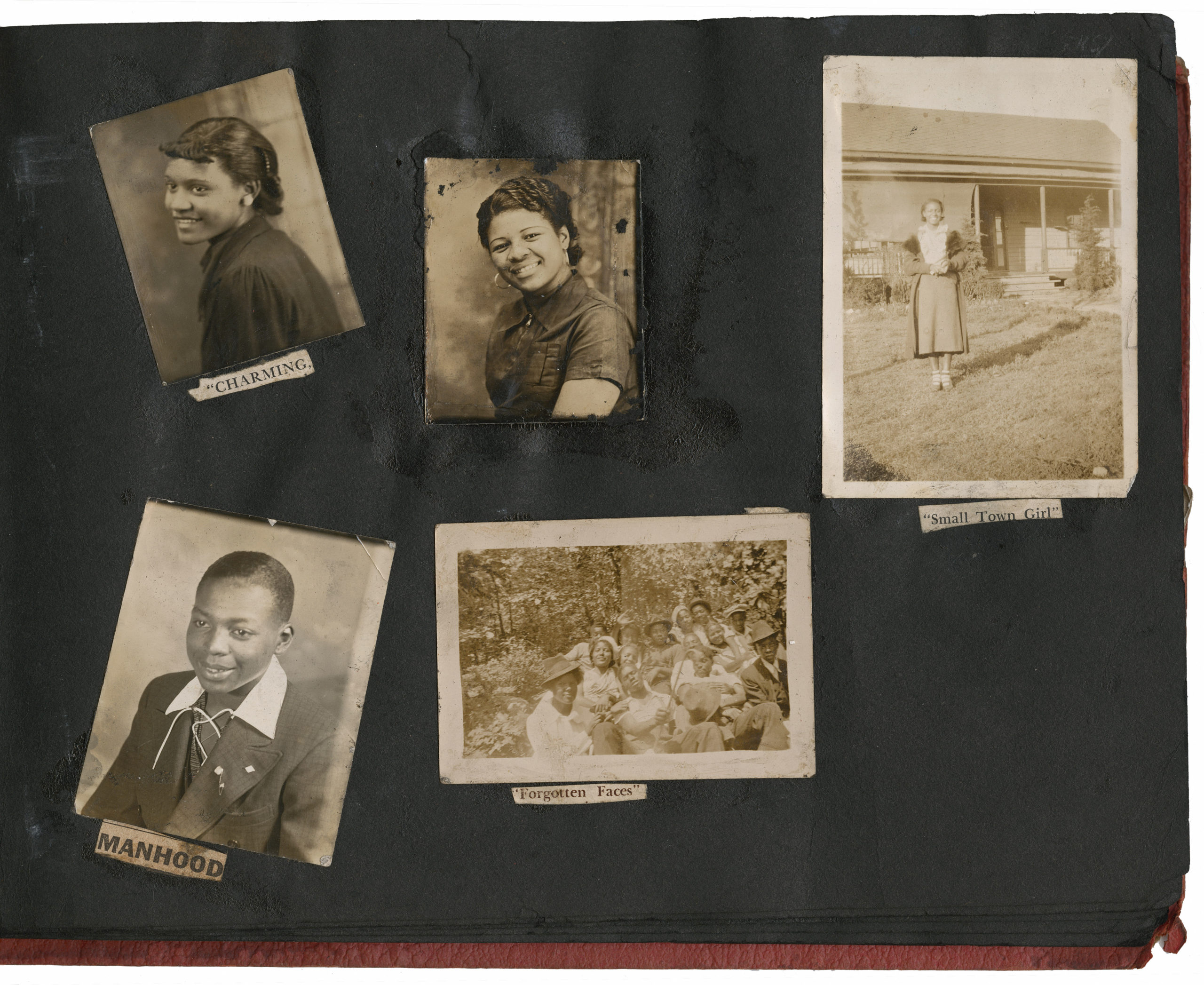
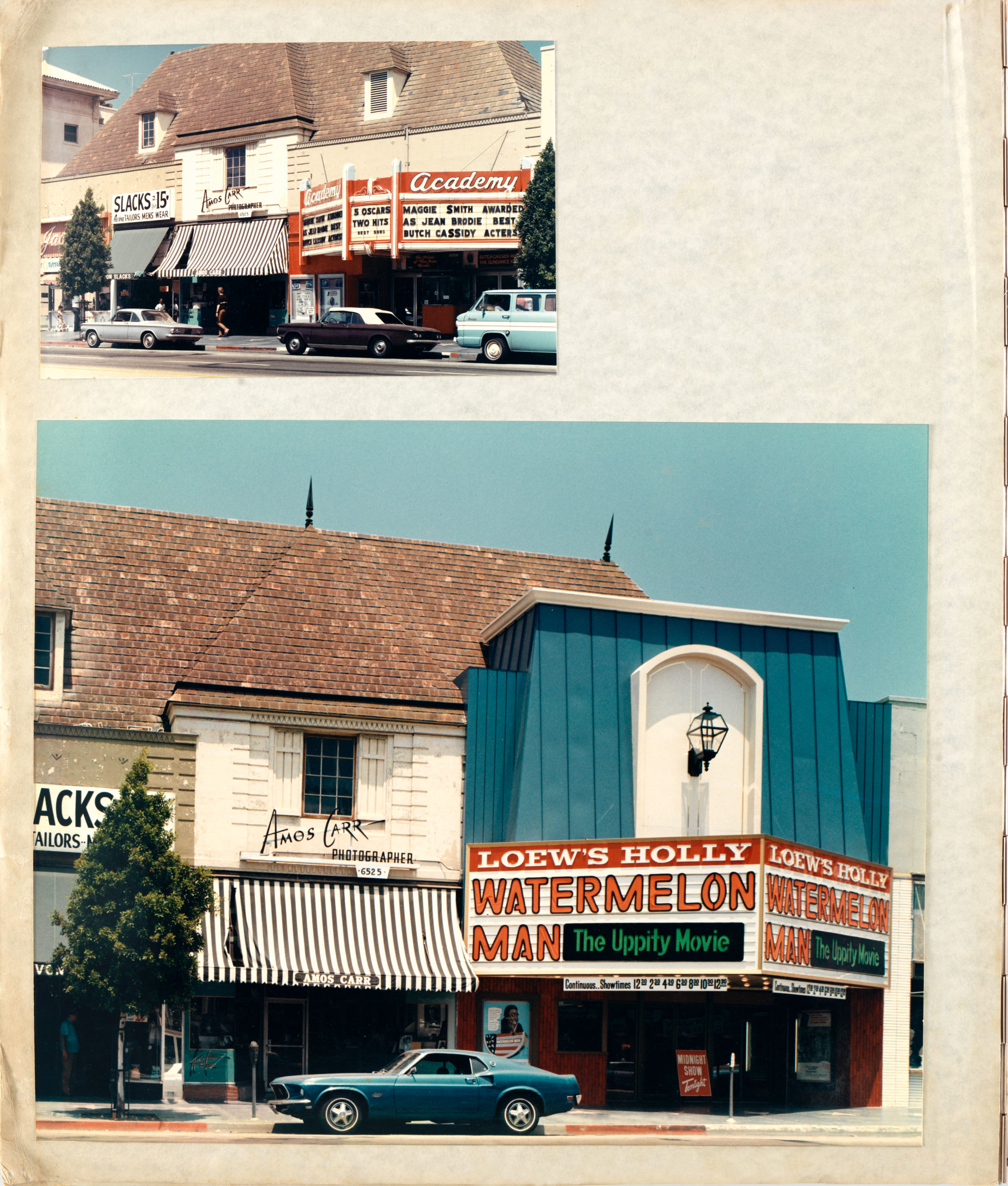
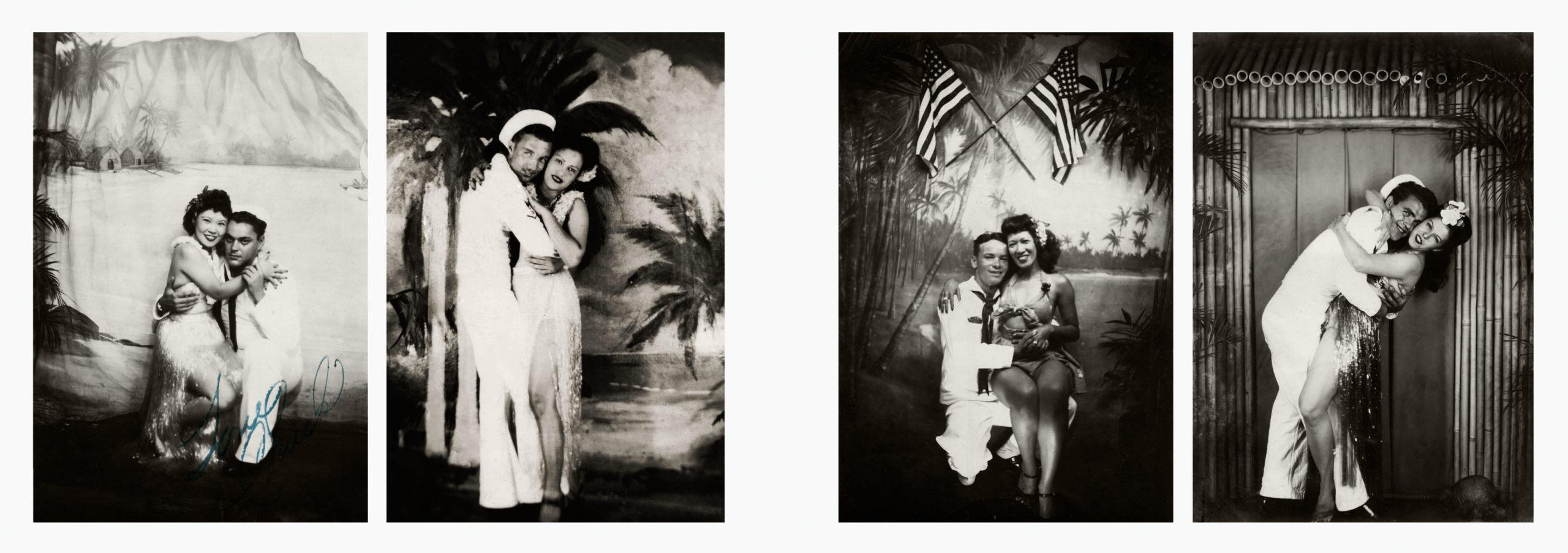
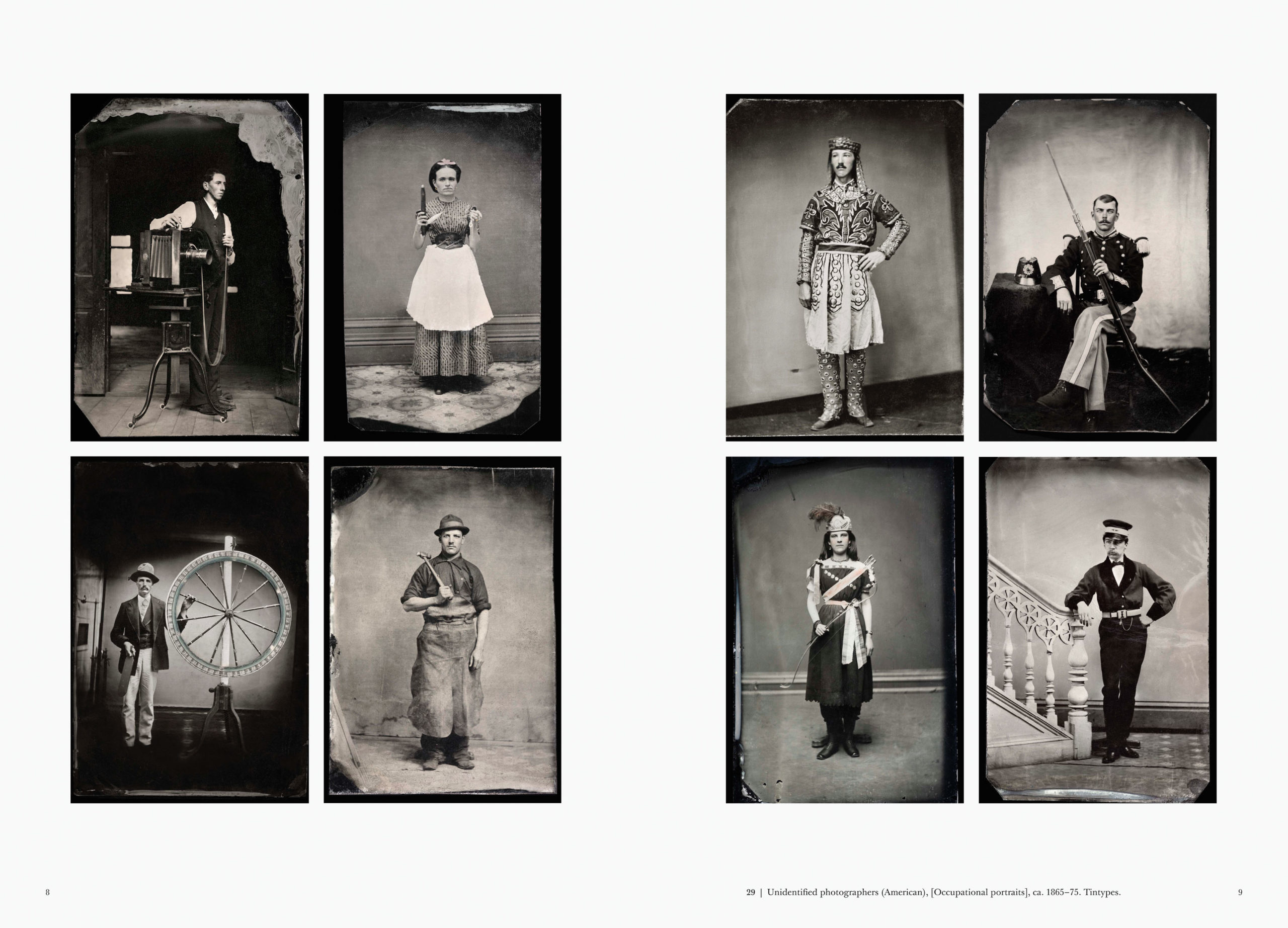
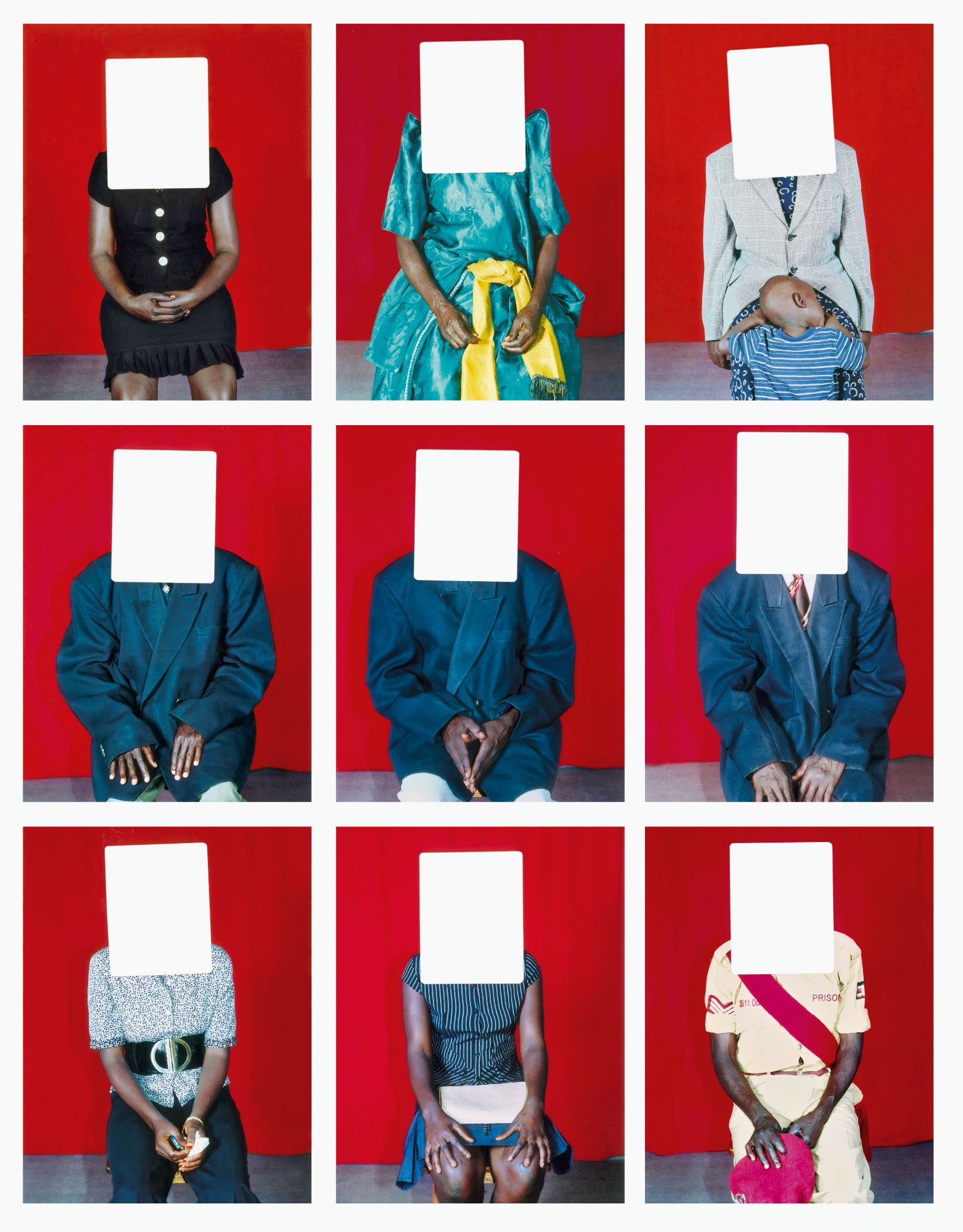
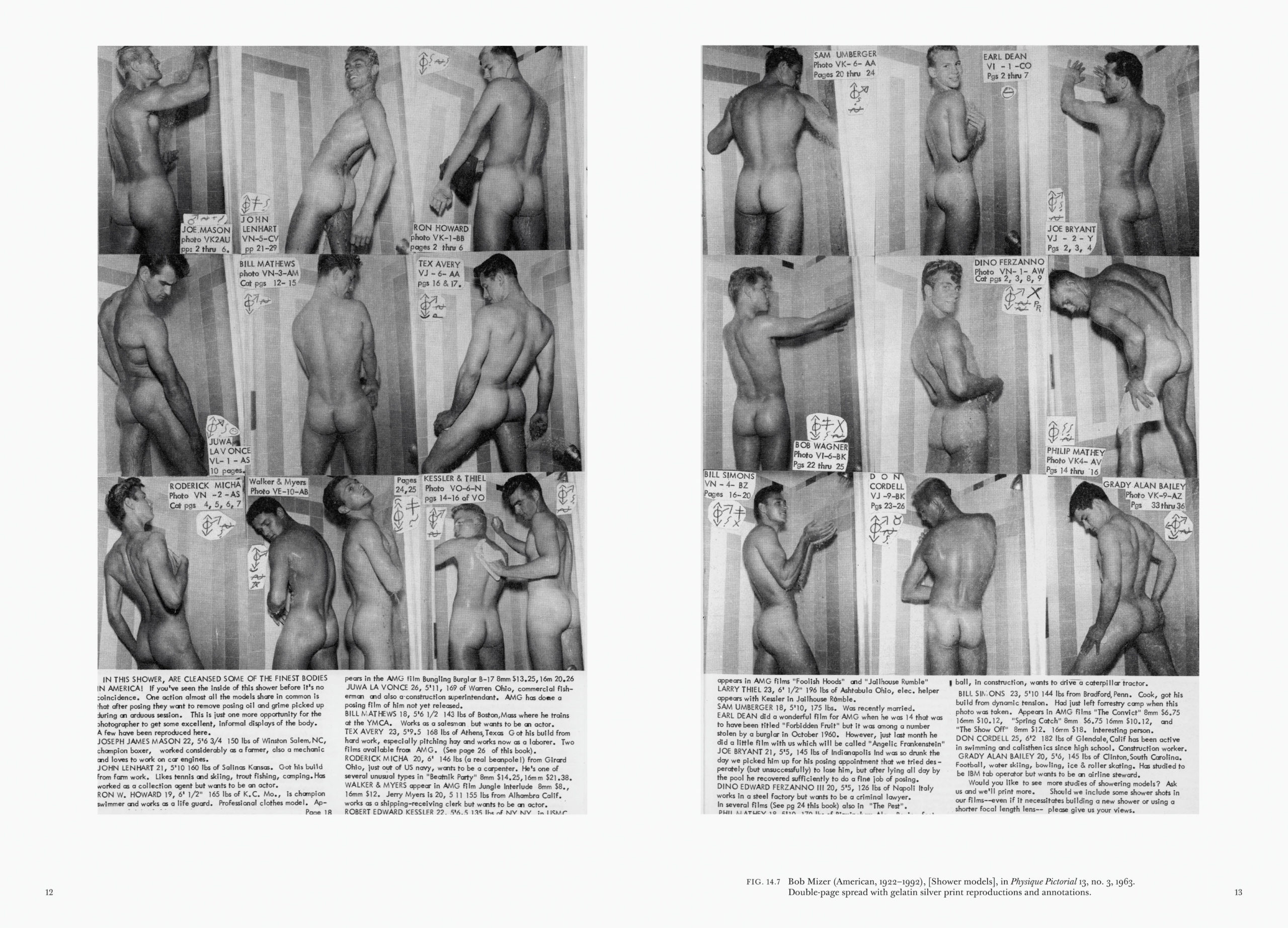
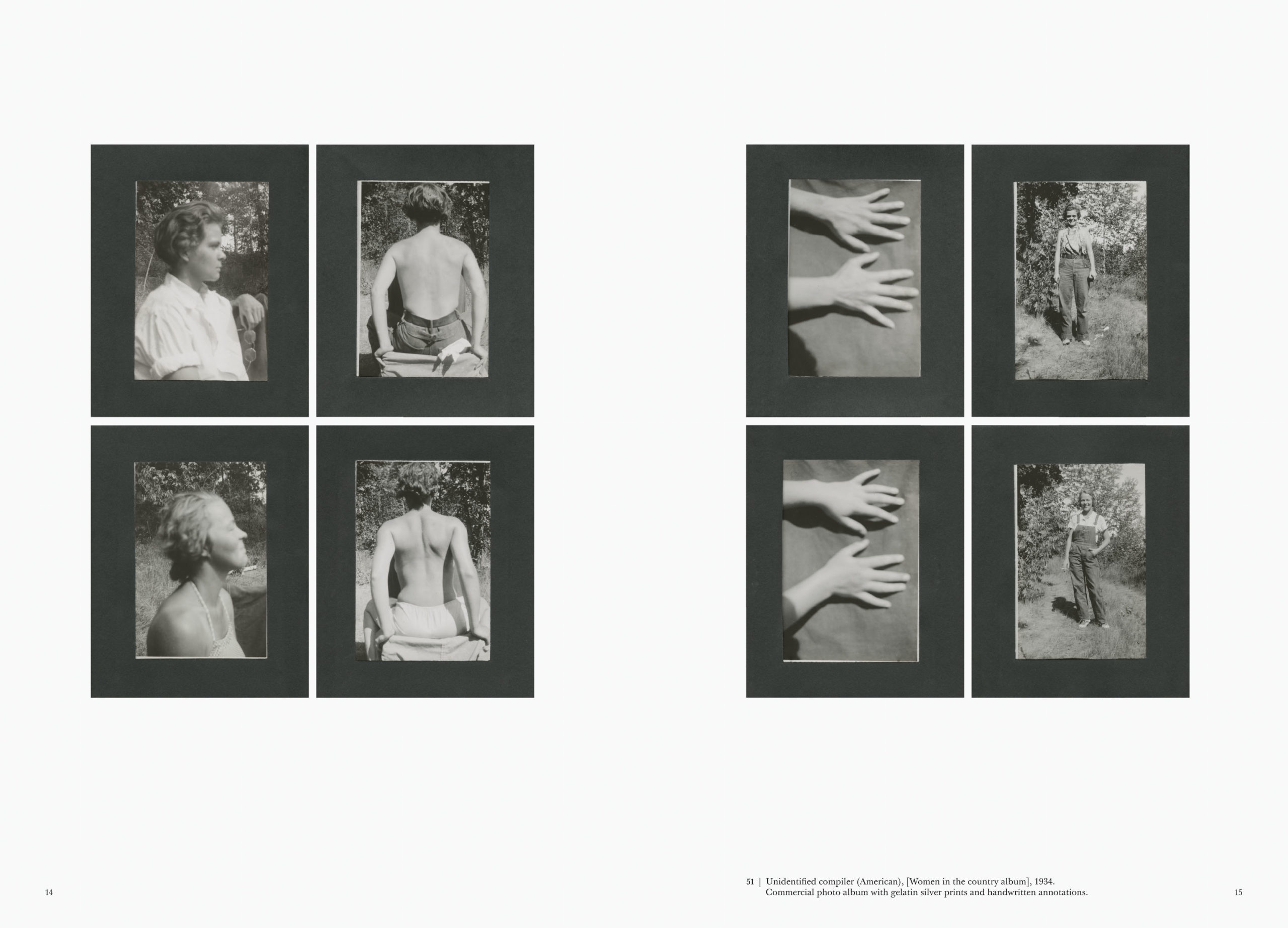

Linda Zhengová
Imagining Everyday Life: Engagements with Vernacular Photography
Softcover, 170 x 245 mm, 432 pages
€45
‘Imagining Everyday Life: Engagements with Vernacular Photography’ published by Steidl and The Walther Collection brings together leading academics dealing with vernacular photography to discuss the social relevance of this type of imagery from various perspectives.
Vernacular photographs are to be understood here as ‘ordinary images bought or created by common people from 1839 onwards’. Even though these images come with profound emotional attachments, they have been seldomly seen in the context of the arts. Yet, a rising interest in such imagery among academia and artists can be noted in recent years, as perhaps also indicated (again) with the publication of ‘Imagining Everyday Life’.
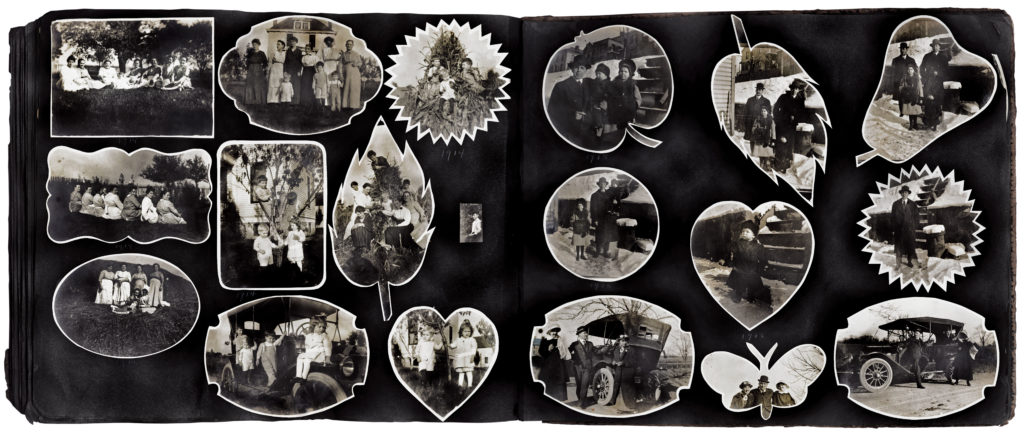
The publication is co-published with The Walther Collection, which is based in both Neu-Ulm (Germany) and New York (USA). They have collaborated with key scholars and critical thinkers in the history of photography, women’s studies, queer theory, African Studies and curatorial practice.
The voluminous book (containing over 400 pages) introduces numerous essays and discussions edited by Tina M. Campt, Marianne Hirsch, Gil Hochberg, and Brian Wallis, altogether presenting analyses of vernacular photographs created between the earliest days of photography and today. Snapshots, family portraits, mug shots, architectural images and photo displays – all is addressed in this publication.
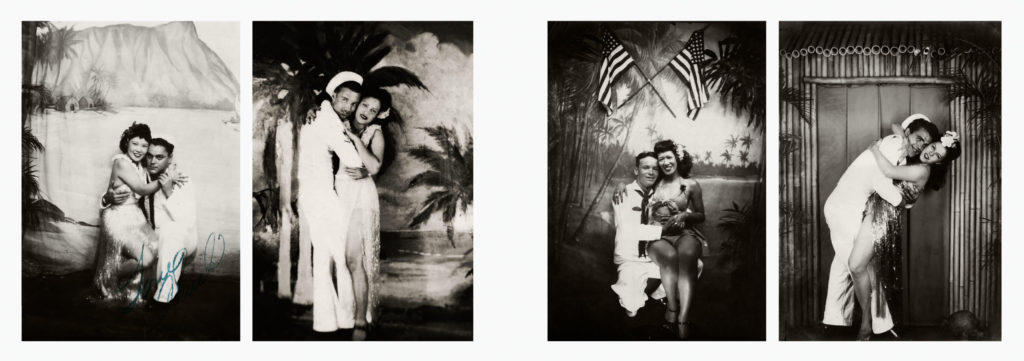
The authors are signalling both the significance and the problems related to the public display of vernacular photographs, covering the topic in relation to theories about power and ideology in addition to race, gender, ethnicity and sexuality within the context of the images’ origin.
Instead of commenting on the aesthetic features of these objects, they rather delve into the different positions from which the photographs can be perceived – those of the makers, owners, subjects, and viewers. By doing so, the authors pinpoint elements of sounds, touch and affects that constitute them alongside their social roles.
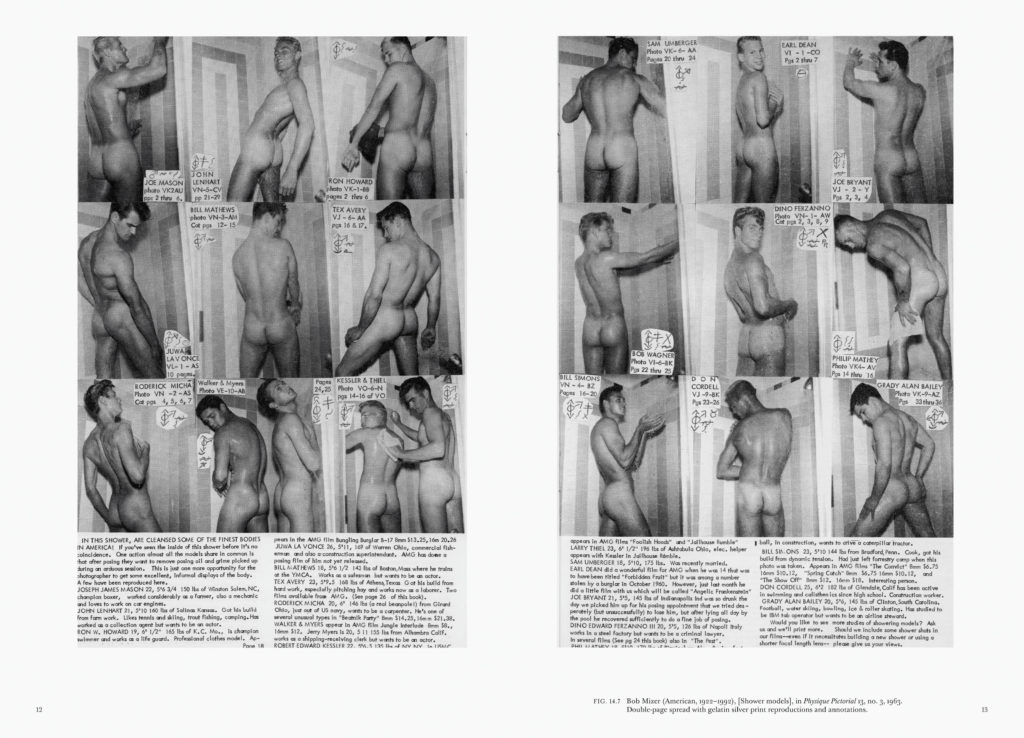
The images featured in ‘Imagining Everyday Life’ arrive from a wide range of sources but are mainly from North America, Europe, and South Africa. By being analysed both in terms of their context and materiality – the previously often overlooked aspects of it all – the complex nature of vernacular photography comes to light. The authors touch upon issues that are dense and elaborate, however, they present them in a very accessible manner.
‘Imagining Everyday Life’ can be purchased here.